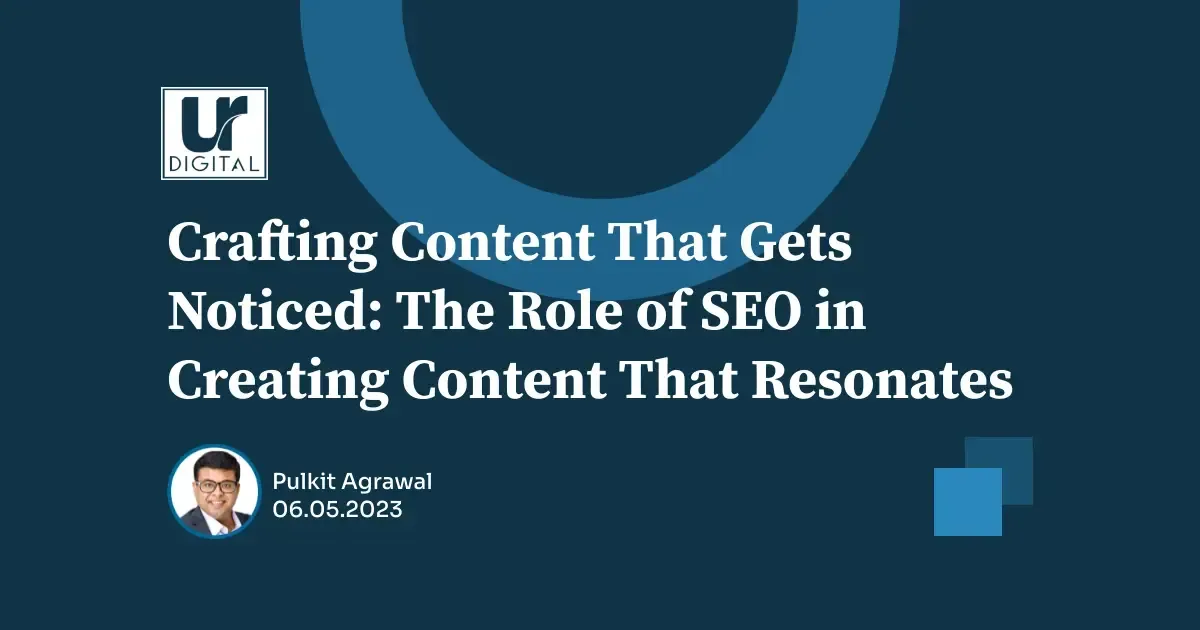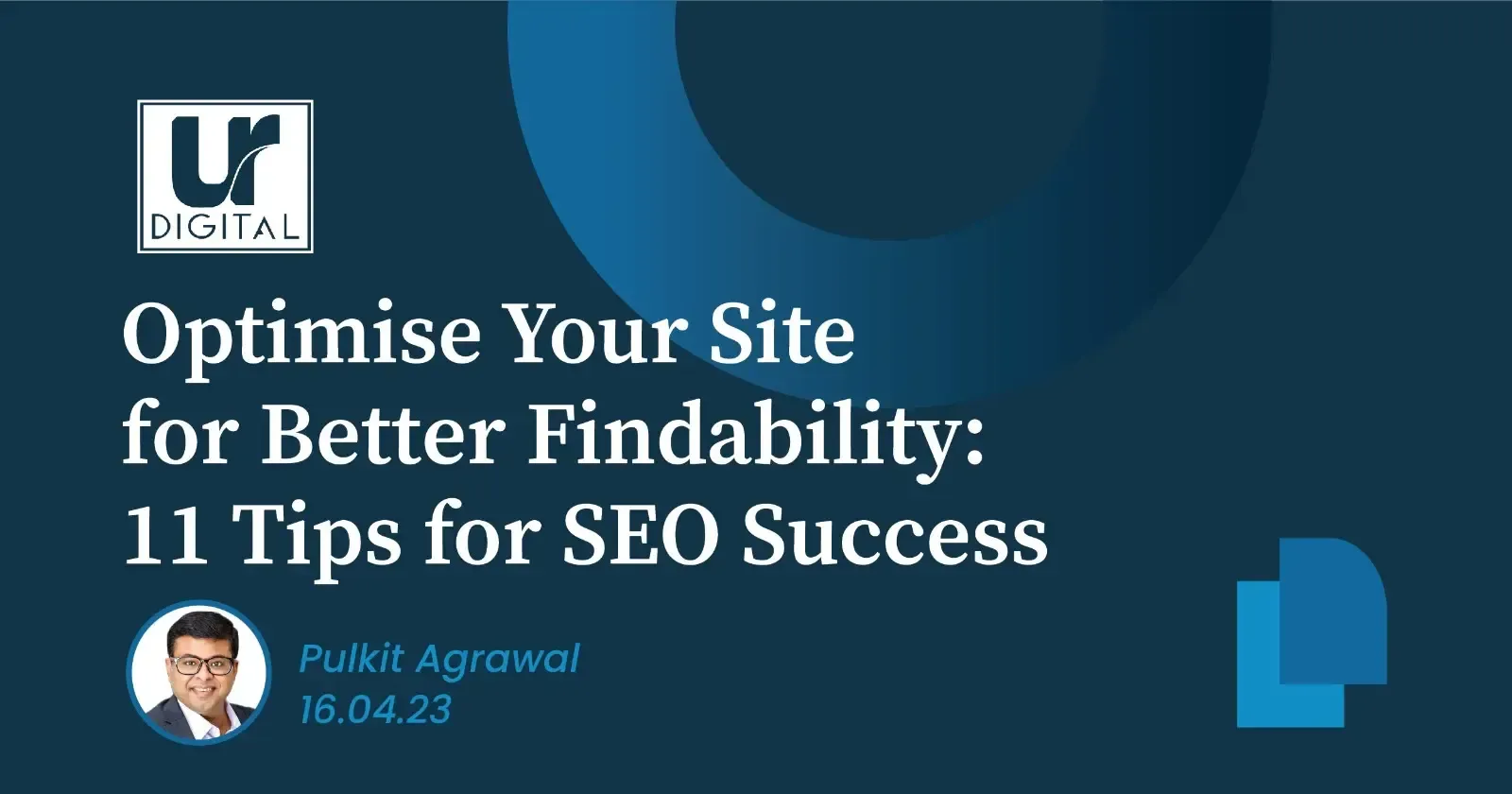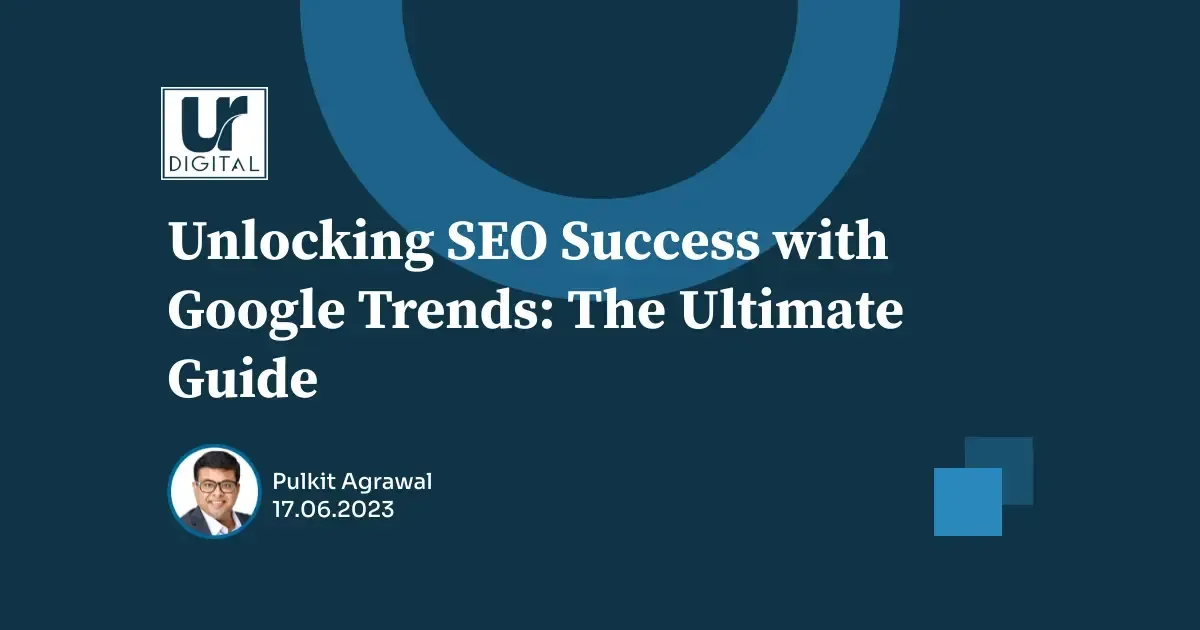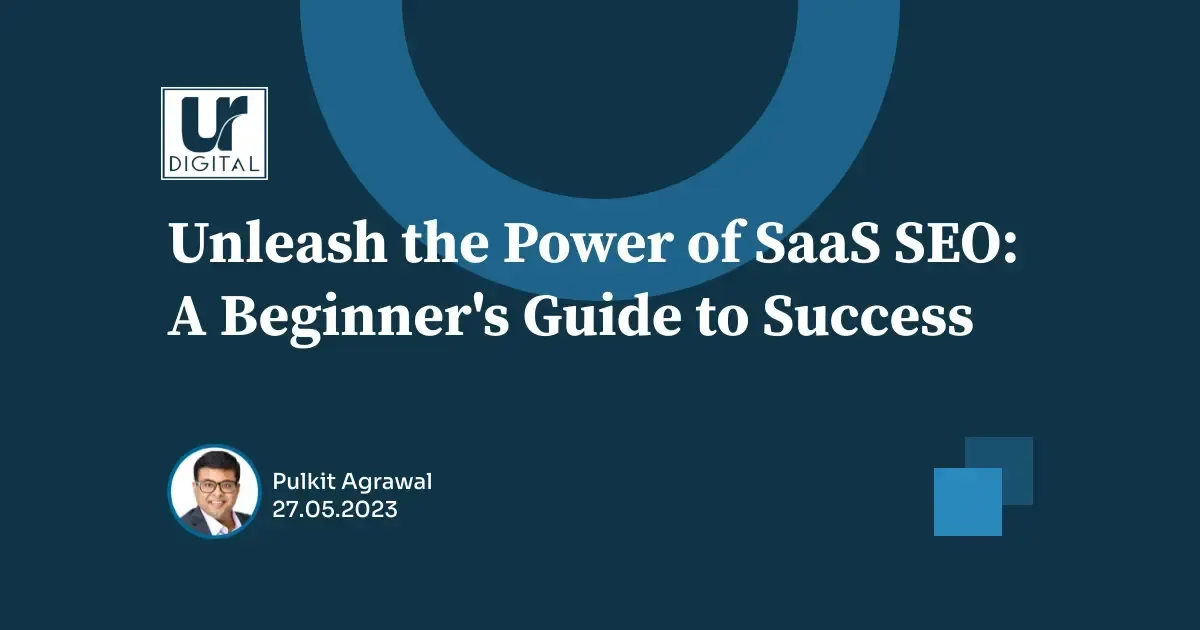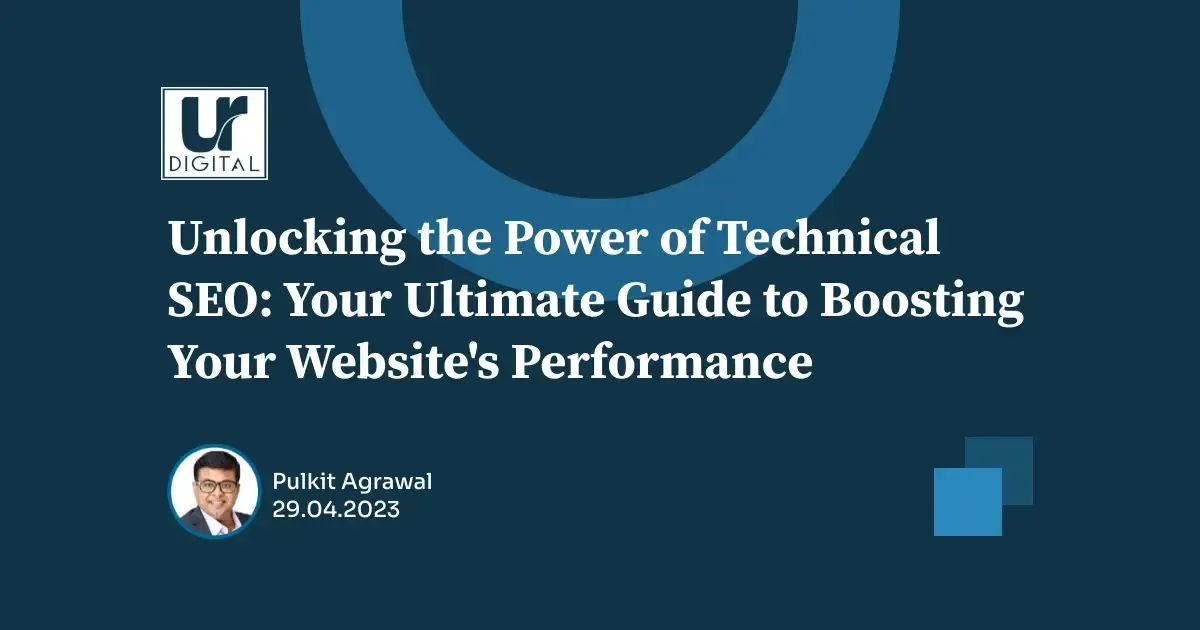Crawl Budget Analysis Understanding Its Significance for SEO Optimisation
Consider Sharing
As we move deeper into the digital age, having a strong online presence is becoming increasingly crucial for businesses. Search engine optimisation (SEO) is a fundamental strategy that businesses can use to improve their online visibility, attract more organic traffic, and ultimately increase sales. However, SEO can be a complex and ever-changing field, with numerous factors to consider when optimising a website for search engines.
One such factor is Crawl Budget, which refers to the number of web pages that search engines crawl and index on a website. If you want to succeed in SEO, understanding its working and optimisation is crucial.
In this article, we'll explore what crawl budget is, how search engines crawl and index web pages, and why crawl budget analysis is essential for SEO optimisation.
What is Crawl Budget?
Crawl budget refers to the number of web pages that search engines will crawl and index on a website. It's determined by the relevance and importance of each page, with more significant and relevant pages receiving a higher crawl budget. This means that search engines will prioritise crawling and indexing those pages, giving them a higher chance of appearing in search results.
Crawl budget allocation plays a critical role in search engine rankings since pages not crawled and indexed by search engines won't appear in search results. This can lead to a lower search engine ranking and less visibility for the website. Therefore, website owners must optimise their crawl budget allocation to ensure their website is correctly crawled and indexed by search engines.
How Search Engines Crawl and Index Web Pages?
Search engines use bots, also known as crawlers or spiders, to crawl and index web pages. When a bot visits a website, it looks for links to other pages and follows those links to crawl and index additional pages. This process continues until the bot has crawled and indexed all relevant pages on the website.
Search engines will prioritise crawling and indexing pages deemed more relevant and important. By understanding how search engines crawl and index web pages, website owners can optimise their crawl budget allocation and improve their search engine rankings. This involves addressing crawl budget issues promptly and implementing best practices such as creating unique content, improving site speed, and optimising sitemaps.
Why is Crawl Budget Analysis Important?
Optimisation Opportunities
Crawl budget analysis provides website owners valuable insights into how search engines crawl and index their websites. By identifying issues with crawl budget allocation, website owners can optimise their website's structure and content to improve search engine rankings and attract more organic traffic.
For example, if search engines are spending too much time crawling low-value pages on a website, this can lead to poor crawl budget allocation. Website owners can address this issue by using the "noindex" tag to prevent search engines from indexing low-value pages.
Similarly, if search engines get stuck in an infinite loop due to crawler traps or JavaScript-based navigation, website owners can use the "robots.txt" file to block search engine crawlers from accessing these pages.
Ongoing Monitoring
Regular monitoring and optimisation of crawl budget allocation is a crucial aspect of SEO success that website owners cannot afford to ignore. By keeping a close eye on crawl budget and addressing issues promptly, website owners can ensure that their website is optimised for search engines and that they are maximising their organic traffic potential.
This ongoing monitoring process allows website owners to stay informed about their website's crawl budget allocation and make necessary adjustments as needed. By identifying any issues with crawl budget allocation early on, website owners can take proactive steps to optimise their website's structure and content for search engines.
Competitive Advantage
Crawl budget analysis is crucial for SEO success, and it provides website owners with valuable insights into how search engines crawl and index their websites. Optimising crawl budget allocation allows website owners to improve their search engine rankings, attract more organic traffic, and ultimately gain a competitive advantage over their competitors in search results.
Websites that are properly optimised for crawl budget allocation tend to rank higher in search results and attract more organic traffic, resulting in increased brand exposure and more opportunities for sales. By keeping an eye on crawl budget and addressing issues promptly, website owners can ensure that their website is optimised for search engines and that they are maximising their organic traffic potential. This gives them a significant competitive advantage in their industry and helps them stand out.
Case studies of successful crawl budget optimisation
Hubspot
Hubspot is a popular marketing and sales platform that provides software and tools to help businesses grow. With over 50,000 pages on their website, crawl budget allocation can be a challenge. However, by implementing best practices such as creating unique content, optimising sitemaps, and improving site speed, Hubspot optimised its crawl budget allocation and search engine rankings. This resulted in a 165% increase in organic traffic over a two-year period.
Screaming Frog
Screaming Frog is a website crawling tool that helps website owners analyse their website's structure and content. Screaming Frog could identify and fix crawl budget issues such as duplicate content and broken links using its own tool. Screaming Frog also optimised its URL structure and improved site speed, leading to better crawl budget allocation and improved search engine rankings.
Shopify
Shopify is a popular e-commerce platform that allows businesses to create and manage online stores. With over 3 million pages on their website, crawl budget allocation can be challenging. However, by implementing best practices such as improving site speed, optimising sitemaps, and creating high-quality content, Shopify was able to optimise its crawl budget allocation and improve its search engine rankings. This resulted in a 103% increase in organic traffic over a two-year period.
Factors that Affect Crawl Budget Allocation
Search engines allocate crawl budget based on several factors, including:
Site Speed
When it comes to crawl budget allocation, website speed plays a crucial role. Search engines prefer fast-loading websites because they provide a better user experience. In fact, site speed is a ranking factor for Google since 2010. Slow websites tend to receive lower crawl budgets, leading to poor search visibility. To improve website speed, website owners can optimise images, reduce server response time, minimise HTTP requests, and many more. By doing so, they can ensure that their website provides a seamless and quick experience for users and search engines alike. Ultimately, this can result in better crawl budget allocation and improved search engine rankings. PageSpeed Insights is an excellent starting tool to make your website fast.
Duplicate Content
Duplicate content refers to the presence of the same or very similar content on multiple web pages. When search engines crawl such pages, they get confused and end up allocating poor crawl budgets, which can negatively impact a website's search engine rankings. To avoid this, website owners can use canonical tags, redirect pages, and create unique content.
There are several reasons why duplicate content can arise on a website. For example, using multiple URLs to display the same content, having different versions of a page for different devices, or syndicating content across different websites. By addressing these issues and implementing best practices, website owners can ensure that their website's crawl budget allocation is optimised and their search engine rankings remain strong.
URL Structure
Having a clear URL structure on a website is essential for both search engine optimisation and user experience. Search engines use the website's URL structure to understand the hierarchy of pages, making it easier for them to crawl and index relevant pages, resulting in better crawl budget allocation.
Website owners can improve their URL structure by using descriptive and concise URLs that accurately reflect the page's content. For instance, instead of using vague and confusing URLs like "example.com/page?id=1234," website owners can use more descriptive URLs like "example.com/category/product-name."
Sitemaps
A sitemap is like a GPS navigation system for search engines. It's a file that acts as a roadmap of a website's pages, showing search engines the most important pages to crawl and index. A well-structured sitemap ensures that search engines can easily find and access relevant pages, resulting in better crawl budget allocation.
Website owners can optimise their sitemaps by including only relevant pages, updating them regularly, and ensuring they are error-free. By doing so, they can make it easier for search engines to crawl and index their website's most important pages. Sitemaps are particularly useful for large websites with many pages, as it can be challenging for search engines to find and index all pages without a clear guide.
Backlinks
Backlinks are an important factor in improving search engine rankings. These links point to a website from other sites on the web and are viewed by search engines as a sign of authority and relevance. Website owners can improve their backlinks by creating high-quality and relevant content through outreach, partnerships, or guest posting. By focusing on building strong backlinks, website owners can improve their crawl budget allocation and achieve long-term success in SEO.
Conclusion
In conclusion, optimising the crawl budget is a critical component of SEO success. Crawl budget analysis helps website owners understand how search engines crawl, index their websites, and allocate crawl budgets accordingly. By following best practices and promptly addressing crawl budget issues, website owners can improve their search engine rankings and attract more organic traffic to their websites.
It's essential to remember that crawl budget optimisation is an ongoing process that requires regular monitoring and updating. Website owners should prioritise optimising their crawl budget allocation by prioritising important pages, improving site speed, fixing duplicate content issues, improving URL structure, optimising sitemaps, and building high-quality backlinks.
Author
PULKIT
AGRAWAL
FOUNDER & MANAGING DIRECTOR
Profile
My name is Pulkit Agrawal and I'm the Founder and Managing Director of
UR Digital. I invest my soul and imagination into every client. I have worked across many industries, over the past 15 years and countless highly successful SEO projects and campaigns.
Skills and Achievements
Multi-lingual SEO (English, German, Cantonese, Mandarin and Japanese). Google, Semrush, BEC Australia and LinkedIn certified. Member Entrepreneur Leadership Network. Guest Author Entrepreneur, Semrush & Inside Small Business.
Connect with me on
Consider Sharing
